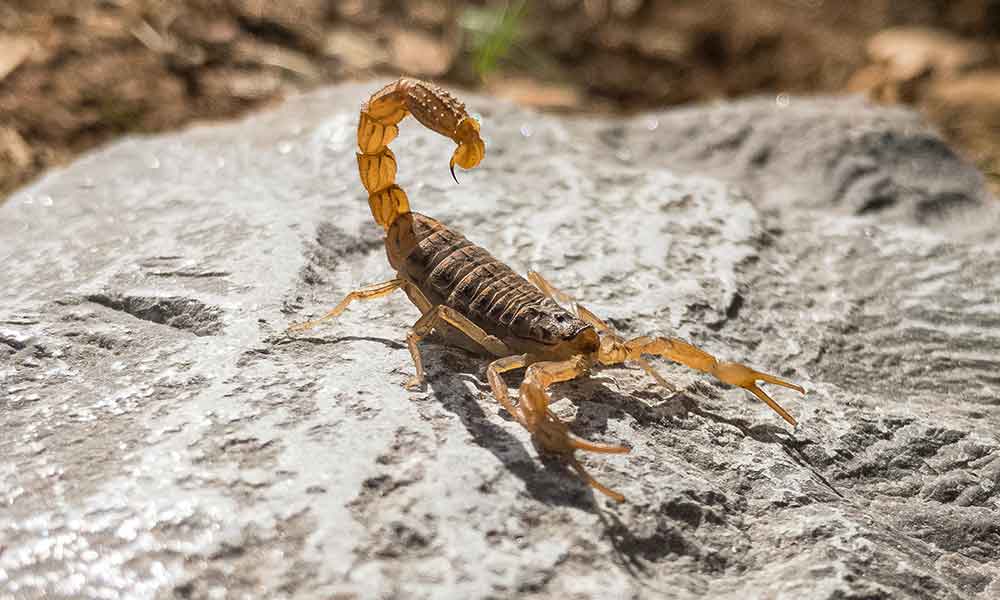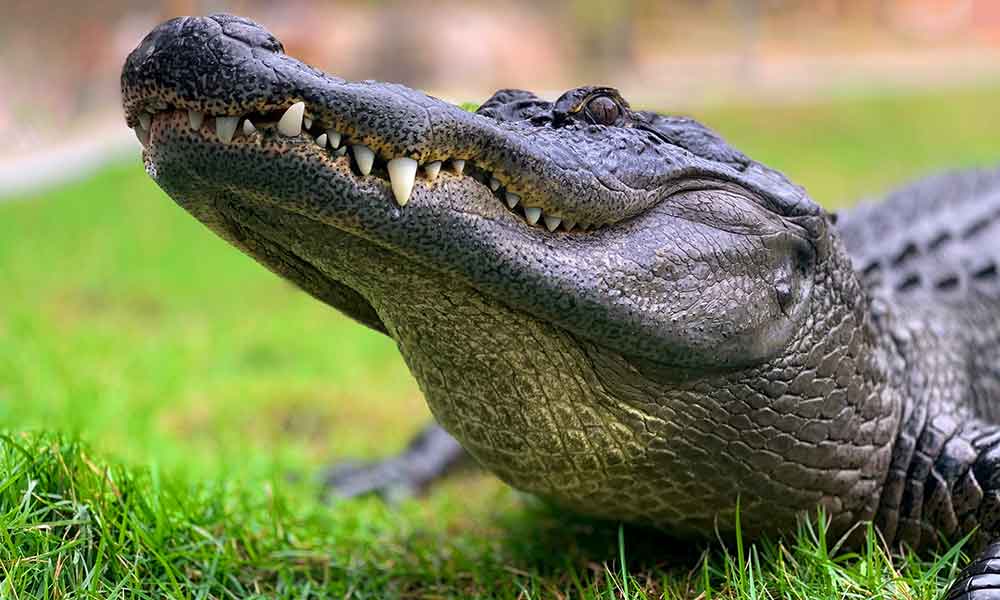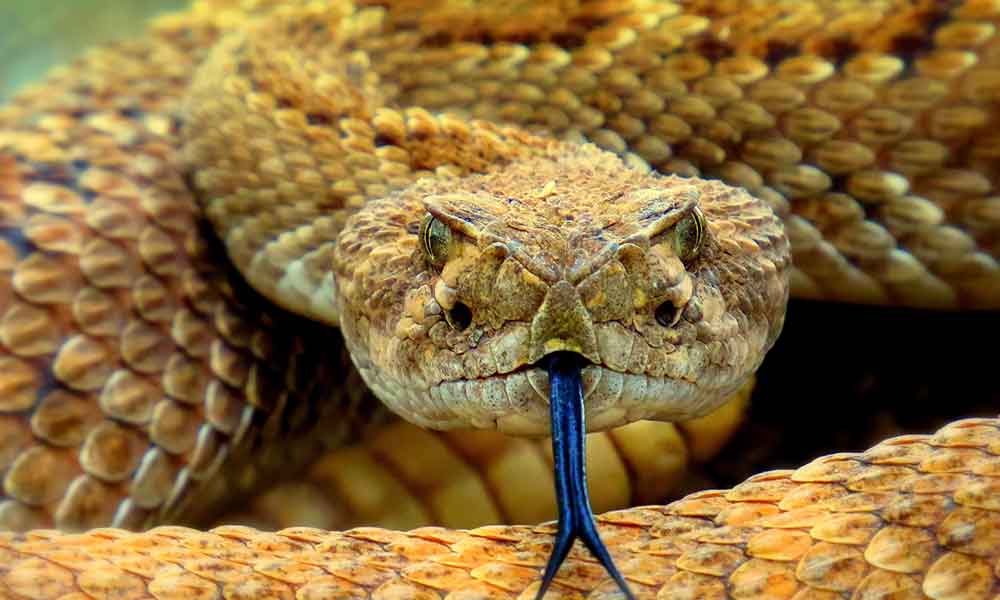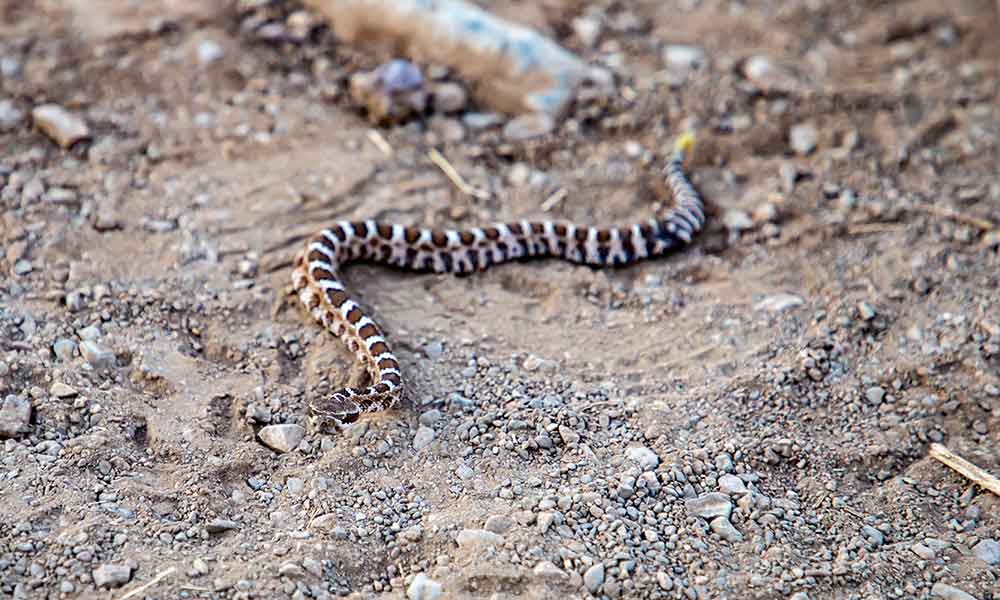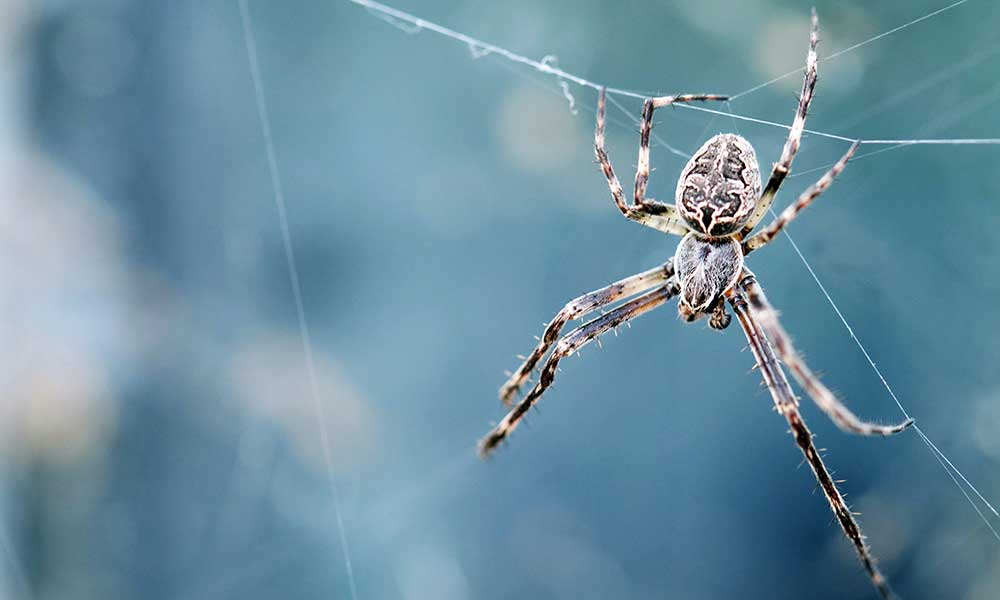Hammerhead sharks are a type of shark species that compose the Sphyrnidae family. These unique creatures look like something right out of a kids cartoon and often feature in animated films and shows for that very reason.
There are 9 different types of hammerhead sharks. They are:
- Great Hammerhead Shark (Sphyrna mokarran)
- Scalloped Hammerhead Shark (Sphyrna lewini)
- Smooth Hammerhead Shark (Sphyrna zygaena)
- Carolina Hammerhead Shark (Sphyrna gilberti)
- Smalleye Hammerhead (Sphyrna tudes)
- Scoophead (Sphyrna media)
- Bonnethead (Sphyrna tiburo)
- Scalloped Bonnethead (Sphyrna corona)
- Winghead Shark (Eusphyra blochii)
But what is the hammerhead shark, why does it have such a uniquely shaped head, and how does it compare to other sharks?
About Hammerhead Sharks
Hammerhead sharks are skilled predators that use their unique anatomy to find, hunt, and take down their prey. These distinctive creatures can be found all over the world and tend to thrive in warm waters near to coastlines.
Why is it Called a Hammerhead Shark?
The hammerhead shark is so named because it has a hammer-shaped head. This unique shape is known as a cephalofoil, which comes from the Greek “κεφάλι”, which means “head”.
The family name “Sphyrnidae”, also has a Greek connection and comes from the word for “hammer”.
Types of Hammerhead Sharks
There are 9 species of hammerhead sharks. They all look a little different and adopt varying habits and preferences, but they each have the distinctive cephalofoil for which they are named:
Great Hammerhead Shark (Sphyrna mokarran)
- First Described: 1837
- Average Size: 15 feet
- Location: Tropical Waters Worldwide
- Threatened Species Status: Critically Endangered
The great hammerhead is the largest hammerhead species and can reach lengths of up to 20 feet, with 15 feet being the average. It has a wide and straight cephalofoil and is a very solitary animal that feeds primarily on cephalopods and crustaceans.
Scalloped Hammerhead Shark (Sphyrna lewini)
- First Described: 1834
- Average Size: 5 to 6 feet
- Location: Tropical Coastlines Worldwide
- Threatened Species Status: Critically Endangered
Also known as the kinky-headed shark, southern hammerhead, or bronze shark, the scalloped hammerhead lives at depths of up to 1,600 feet and reaches lengths of between 5 and 6 feet on average.
Smooth Hammerhead Shark (Sphyrna zygaena)
- First Described: 1758
- Average Size: 16 feet
- Location: Temperate Waters Worldwide
- Threatened Species Status: Vulnerable
The smooth hammerhead is so named because of a “smooth” indentation in the front of its head. It prefers temperate waters and migrates toward the poles in the summer, often traveling in schools that can number in the thousands.
Carolina Hammerhead Shark (Sphyrna gilberti)
- First Described: 1967
- Average Size: 10 to 13 feet
- Location: Western Atlantic Ocean
- Threatened Species Status: Data Deficient
Although the first Carolina hammerhead shark was unknowingly recorded in 1967, it was not confirmed to be a different species until 2013. It is very similar to the scalloped hammerhead but it has different genetics and fewer vertebrae.
Smalleye Hammerhead (Sphyrna tudes)
- First Described: 1822
- Average Size: 4 feet
- Location: Coasts of South America
- Threatened Species Status: Critically Endangered
Also known as a curry shark or golden hammerhead, the smalleye is a small hammerhead shark species that prefers muddy waters and is characterized by golden coloration on its head, fins, and flanks.
Scoophead (Sphyrna media)
- Average Size: 50 to 60 inches
- Location: Western Atlantic and Eastern Pacific
- Threatened Species Status: Critically Endangered
The scoophead is a lesser-known species that typically grows to between 50 and 60 inches in length and lives in the western Atlantic and eastern Pacific.
Bonnethead (Sphyrna tiburo)
- First Described: 1678
- Average Size: 3 to 5 feet
- Location: North Atlantic, Gulf of Mexico
- Threatened Species Status: Endangered
Also known as a bonnet shark or shovelhead, the bonnethead has a shovel-like head that’s smaller than the cephalofoil found in other hammerhead species.
Scalloped Bonnethead (Sphyrna corona)
- First Described: 1834
- Average Size: 35 inches
- Location: Eastern Pacific
- Threatened Species Status: Near Threatened
The scalloped bonnethead is a rare species that lives in tropical and subtropical waters and is also known as a crown shark or a mallethead shark.
Winghead Shark (Eusphyra blochii)
- First Described: 1785
- Average Size: 6 feet
- Location: Indo-Pacific
- Threatened Species Status: Endangered
Although the winghead shark was first recorded in 1785, it wasn’t until 1862 that it was placed in its own genus, Eusphyra. The genus is a combination of the Greek words for “true” and “hammer” and means that the winghead is in a different category to other hammerhead species.
FAQs About Hammer Sharks
If you have any questions about great hammerheads, scalloped hammerheads, and other hammerheads, take a look at the following FAQs.
Are Hammerhead Sharks Dangerous?
Many hammerheads are small and don’t pose much of a threat to humans. They are more likely to be scared of you than you are of them. However, the great hammerhead shark is a different beast entirely and is definitely large enough to do some damage.
The good news is that attacks by hammerheads are very rare. Shark attacks, in general, are rare, but when they do occur, they often involve much larger sharks, including bull sharks, tiger sharks, and great whites. The bad news is that they can attack when they are provoked or even when they are curious.
Avoid them if you can, and don’t give them any reason to attack you. Remember that most animals are fairly harmless when they don’t have a reason to attack you. But sometimes, whether through fear, curiosity, or a mistake, humans give animals that reason.
Of course, other times, they attack seemingly without reason, but such incidents are rare, especially with hammerhead sharks.
What Do Hammerhead Sharks Eat?
Fish, crustaceans, cephalopods, and stingrays have all found themselves on a hammerhead’s menu. They are also known to attack other sharks.
Where Do Hammerhead Sharks Live?
Hammerheads are found worldwide, but they tend to prefer warm climates and warm water. They live near coastlines and along continental shelves.
How Big Is A Hammerhead Shark?
Although many hammerheads are quite small, some species can grow to over 15 feet and even 20 feet.
Will Hammerhead Sharks Go Extinct?
Most sharks are at risk of going extinct and the Hammerhead Shark is definitely no exception. Not only are sharks hunted for their fins and flesh, but they are victims of climate change. The water temperatures are changing, pollutants are increasing, and many of their prey are being driven away.
Life is getting hard for hammerheads and if it continues, they may become extinct.
Have Hammerhead Sharks Ever Killed Anyone?
Hammerhead sharks rarely attack humans and there have been fewer than 20 reported cases around the world, with no fatalities.
Do Hammerhead Sharks Lay Eggs?
Unlike most types of fish, hammerhead sharks give birth to live young. The pups are not raised by the parents and simply form a school and seek warmer and safer waters. Usually, female hammerheads give birth to a dozen or so pups, but it depends on the species, and the great hammerhead can birth up to 40 pups.

